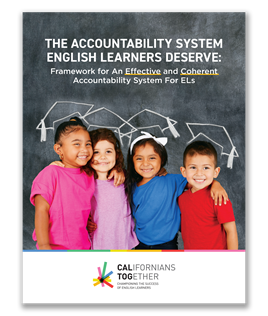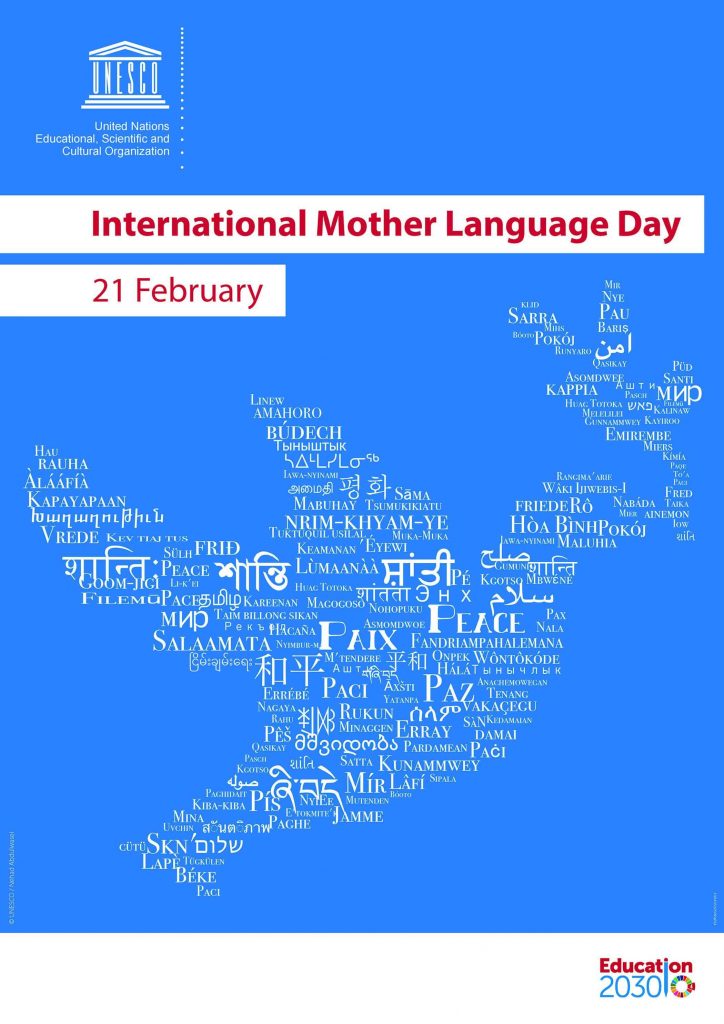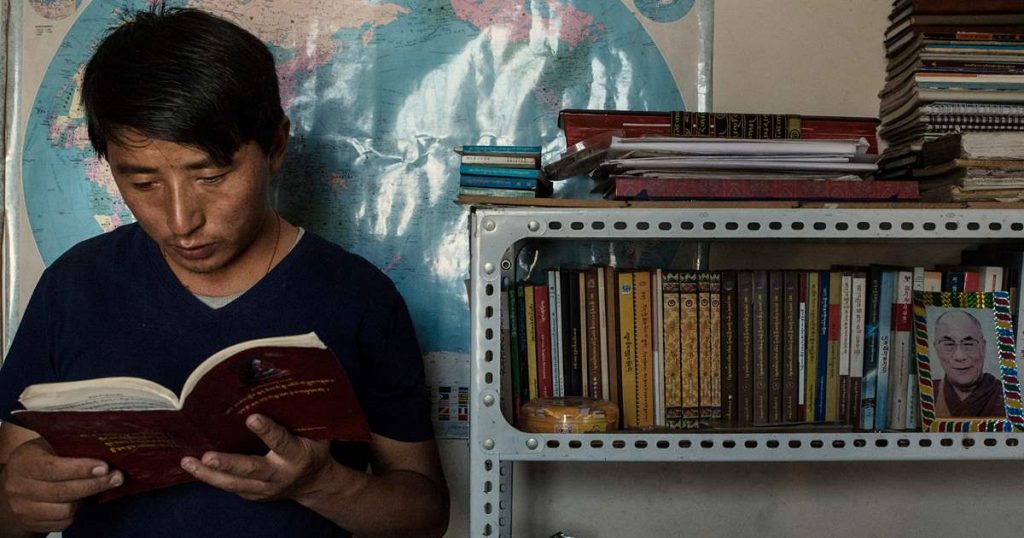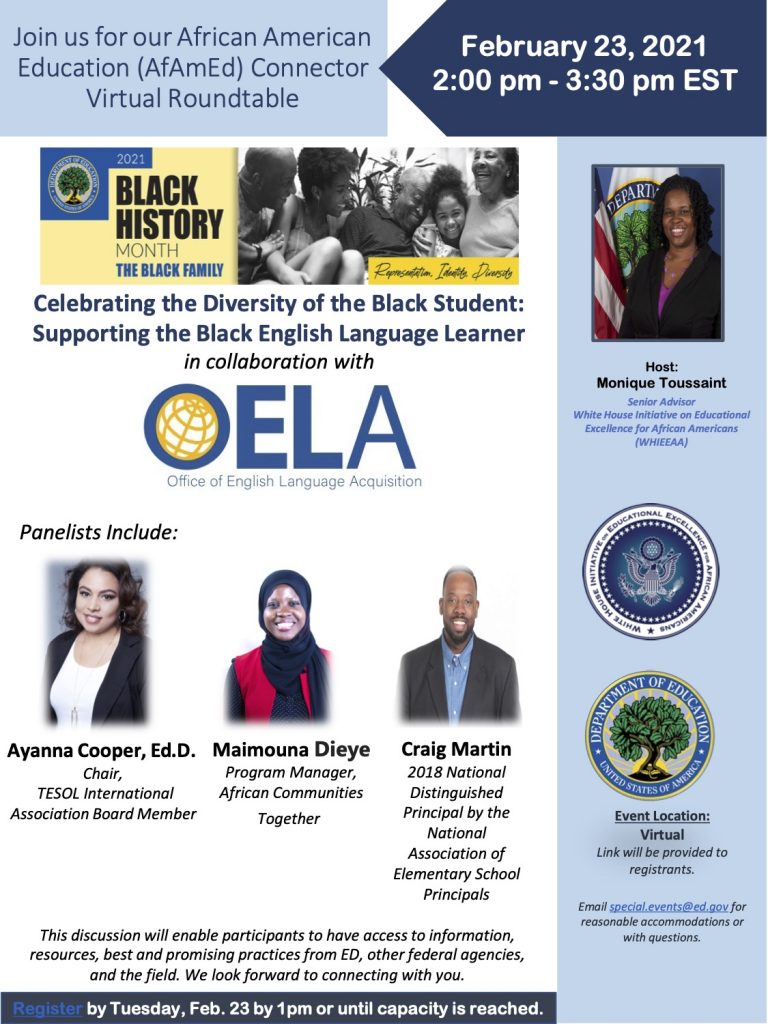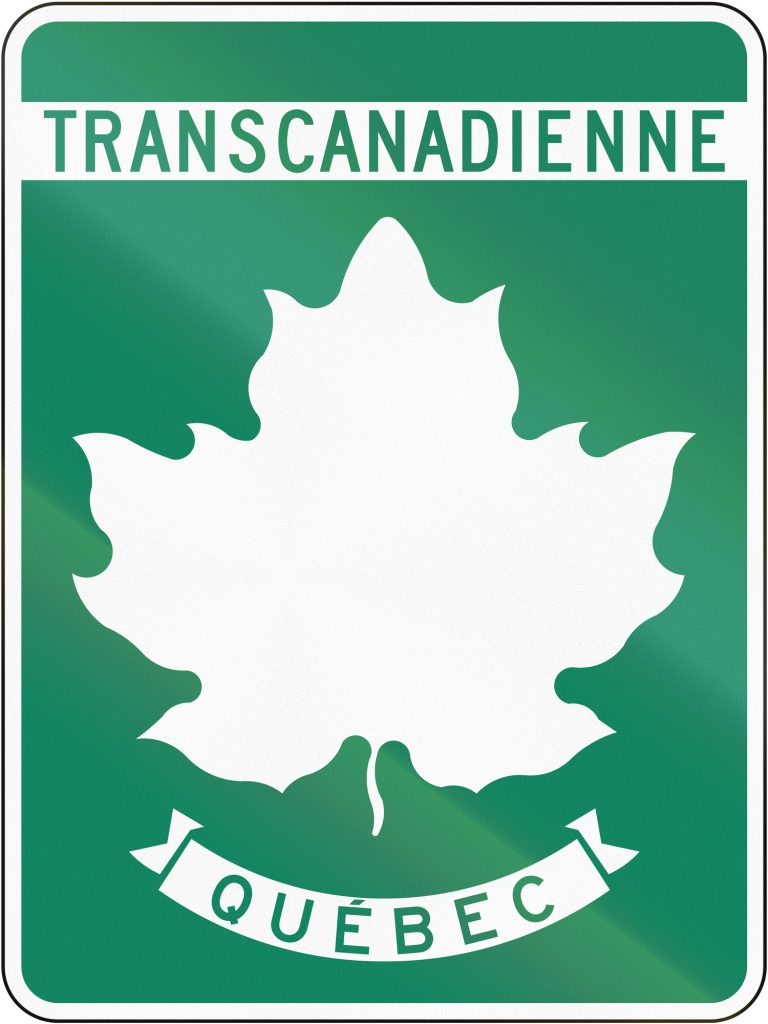
Since its adoption of the Official Languages Act in 1969, Canada has been an officially bilingual country—that is, the nation has recognized both English and French as its official languages on a federal level. But French has been in decline, as its proportion of native speakers within the country shrinks. A series of major reforms to the country’s language policy is on the horizon though, as the government recently published a document with several proposals to improve the status of French within the country and instill a sense of equality between the nation’s two official languages.
“While Canada is an officially bilingual country, much work remains so that Canadians can themselves become bilingual,” the report reads. “The government’s goal is ambitious: work with provincial and territorial governments to ensure that the population becomes more bilingual in the future, ensuring that the Anglophone majority has access to opportunities that will allow it to become bilingual.”
Although French remains robust in Québec (the only province or territory to recognize French as its sole official language on the provincial level), French has a fairly small population of native speakers outside the province. According to the report, 6.6% of the population outside of Québec spoke French natively in 1971, a number which had declined to 3.9% by 2011—projections suggest that it could drop down to 3% by 2036.
Since 2018, Mélanie Joly, the country’s Minister of Economic Development and Official Languages, has been working to devise ways to modernize the Official Languages Act of 1969. Her efforts have culminated in this series of expansive reforms to the country’s language policy, which aim to reverse the language’s decline within the country. According to the report, modernization of Canada’s official languages regime will be based on the following guiding principles:
- The recognition of linguistic dynamics in the provinces and territories and existing rights regarding Indigenous languages;
- The willingness to provide opportunities for learning both official languages;
- Support for official language minority communities’ institutions;
- The protection and promotion of French throughout Canada, including in Quebec;
- The Government of Canada as an example through increasing compliance of federal institutions;
- An Act for the Canada of today and tomorrow: Regular review of the Act and its implementation.
A committee will now review the document over the next 60 days to study how these proposals can be effectively implemented.
One of the government’s key proposals is the development of a “Francophone immigration corridor” specifically targeted at recruiting French teachers from outside of the country. The document notes that Canada has had an increased demand for French immersion programs but there has been a shortage of teachers in recent years. Other proposals in the document would require that only “functionally bilingual” judges be appointed to the Supreme Court, as well as prohibiting discrimination against employees who only speak French.
“Our official languages are part of our identity; our past, our present and our future,” writes Joly. “They are meeting points and links between our cultures. They are at the heart of our country’s social contract.”


